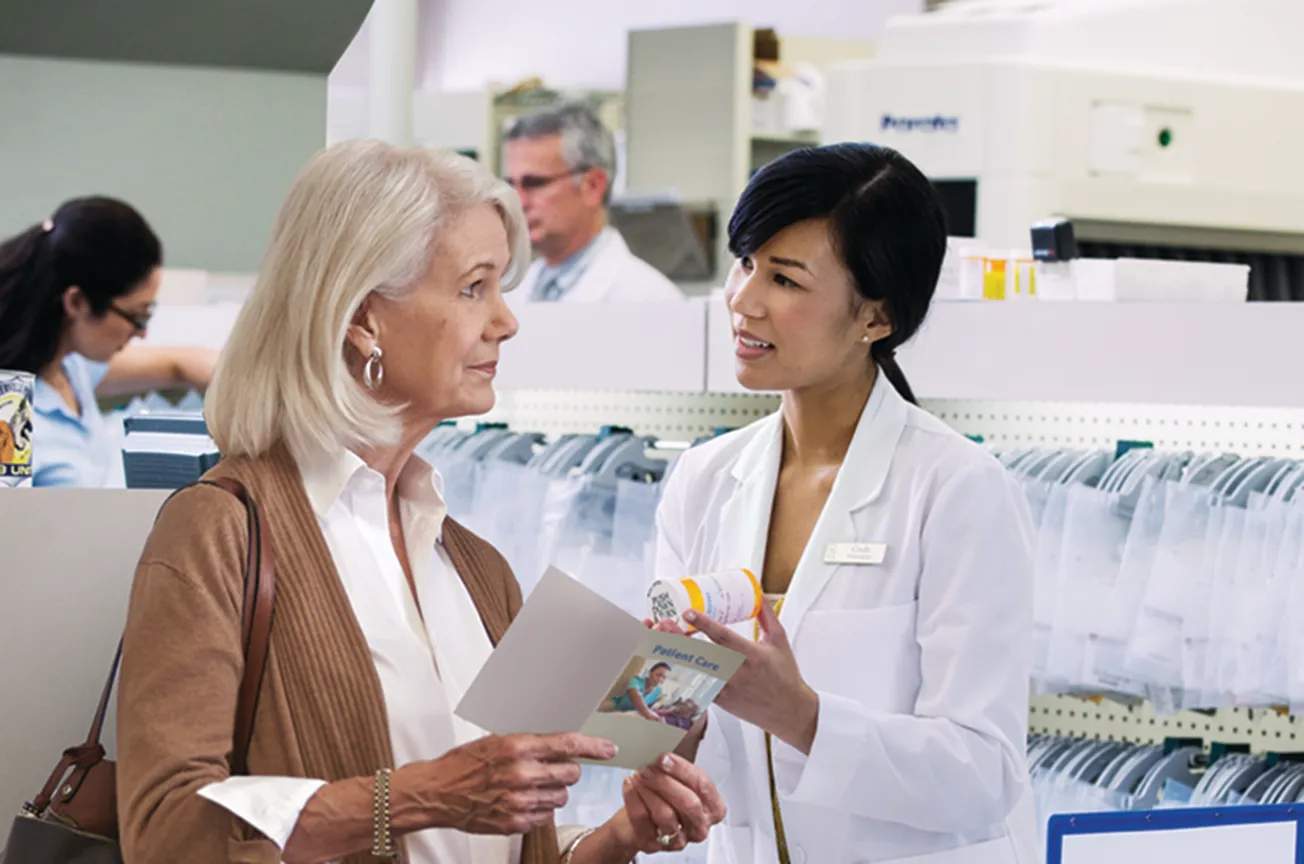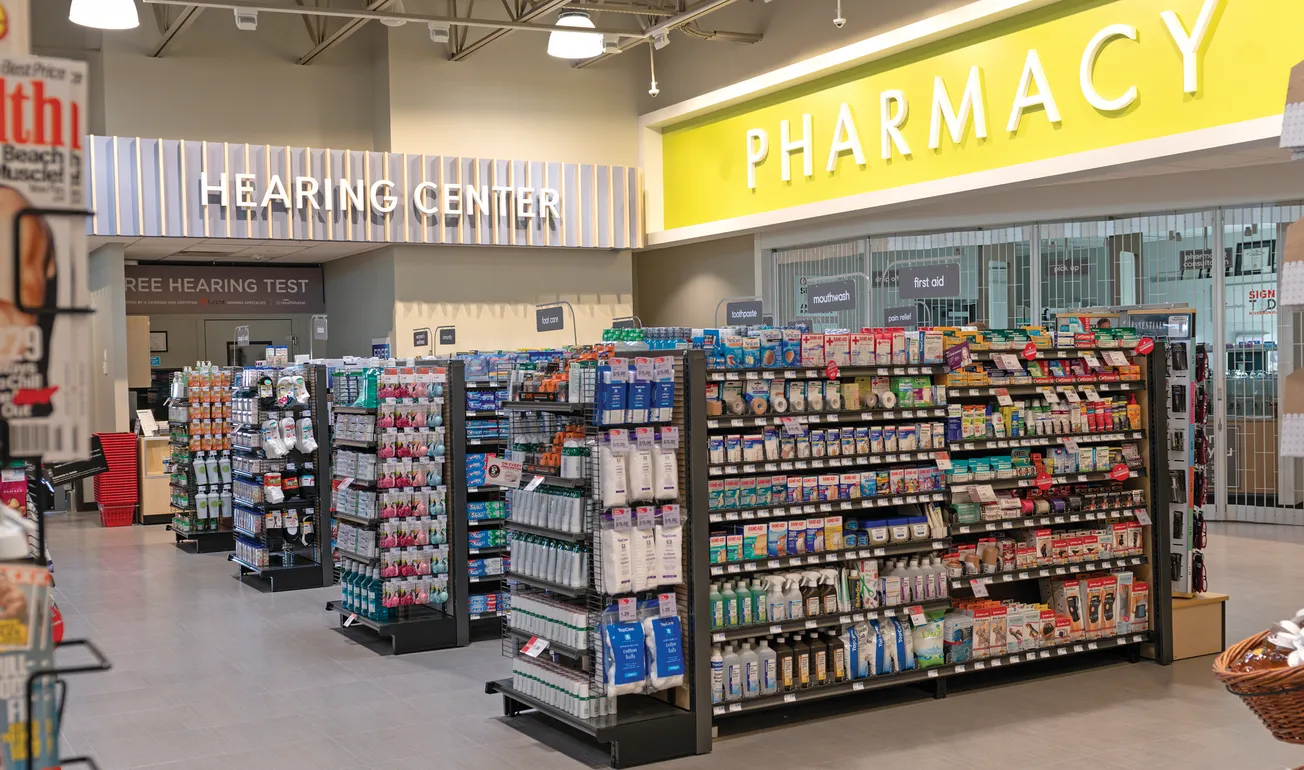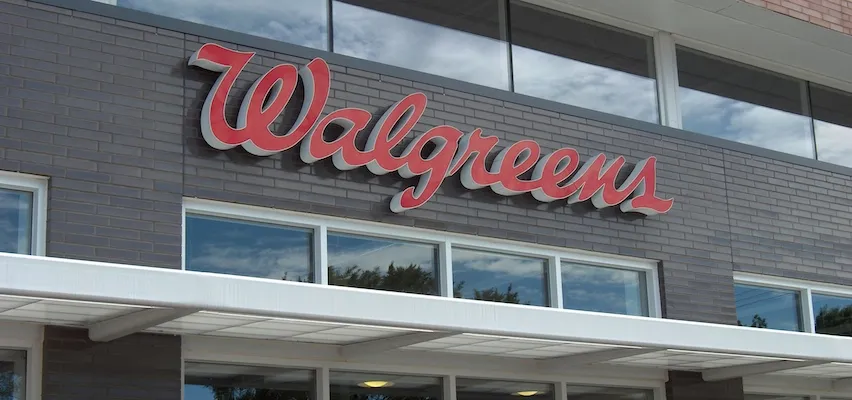What if you had to fill every prescription bottle and write out every prescription label by hand? No pill counter. No printer. That’s what it would be like if you tried to run all your clinical programs across all locations manually. Yet, many pharmacies do.

A better way — and one that can deliver better clinical results for your patients and better business results for your pharmacy — is to use technology to run your clinical programs.
There are four primary categories of clinical programs that technology has the greatest impact on: adherence, medication management, disease management and vaccinations.
Regardless of the type of program, they all present the same challenge. How do you operationalize them? This is where the adoption of technology can help you seamlessly identify the patients who would benefit from the program, communicate with them when appropriate, document your interactions, and bill their health plans for your services.
When most pharmacies start their clinical programs, they try to do those four things manually. They use pen and paper. They print out and read through spreadsheets. They try to use “workarounds” in their pharmacy management systems. And they all struggle to make their programs work.
Without technology, you can’t uniformly execute and document your patient encounters across all locations. And if your processes and documentation are inconsistent, you’re not able to measure the effectiveness of your programs. Without that, receiving payment from health plans is near impossible.
Further, technology can help identify patients who are, or may be, at risk for nonadherence. Software like the Adherence Performance Solution (APS), offered by McKesson, ranks patients by their PDC, or proportion of days covered, to identify candidates for adherence programs. Once identified, there are a multitude of options available to address issues and help provide meaningful medication counseling sessions, or offer clinical services such as vaccinations.
McKesson’s pharmacy workflow software builds these programs, through its Clinical Programs Solution (CPS) software, right into daily workflow, making it possible to set up alerts in your pharmacy management software that notify you when one of these patients is at your counter, so you can engage them at the point of service.
The next benefit of technology is documentation. As your staff interacts with each patient, they are documenting that interaction in the same way, using the same fields to collect the same information and data. With all that information and data collected regularly and uniformly, you can create reports that show how your programs are performing and how their performance changes over time.
Offering these programs to your patients goes a long way to keeping them healthy, and it can also have a positive impact on your business if done correctly. Many of the services offered are value-adds and can be reimbursed for by the patient’s insurance carrier. However, you can’t bill if you can’t document what you did. Programs like Relay’sHealth’s RelayRx Medical Billing can check patient eligibility in real time, document the clinical encounter and submit the medical claim all within workflow, and within your existing pharmacy management system.
Investing in the right technology is really an investment in patient care. Their health is your return on investment. Ultimately, McKesson is working to supply pharmacies with technology solutions to help their patients get the medications they need to live healthier lives.
Ian Fallon is vice president of clinical programs at McKesson Prescription Technology Solutions of McKesson Corp.








